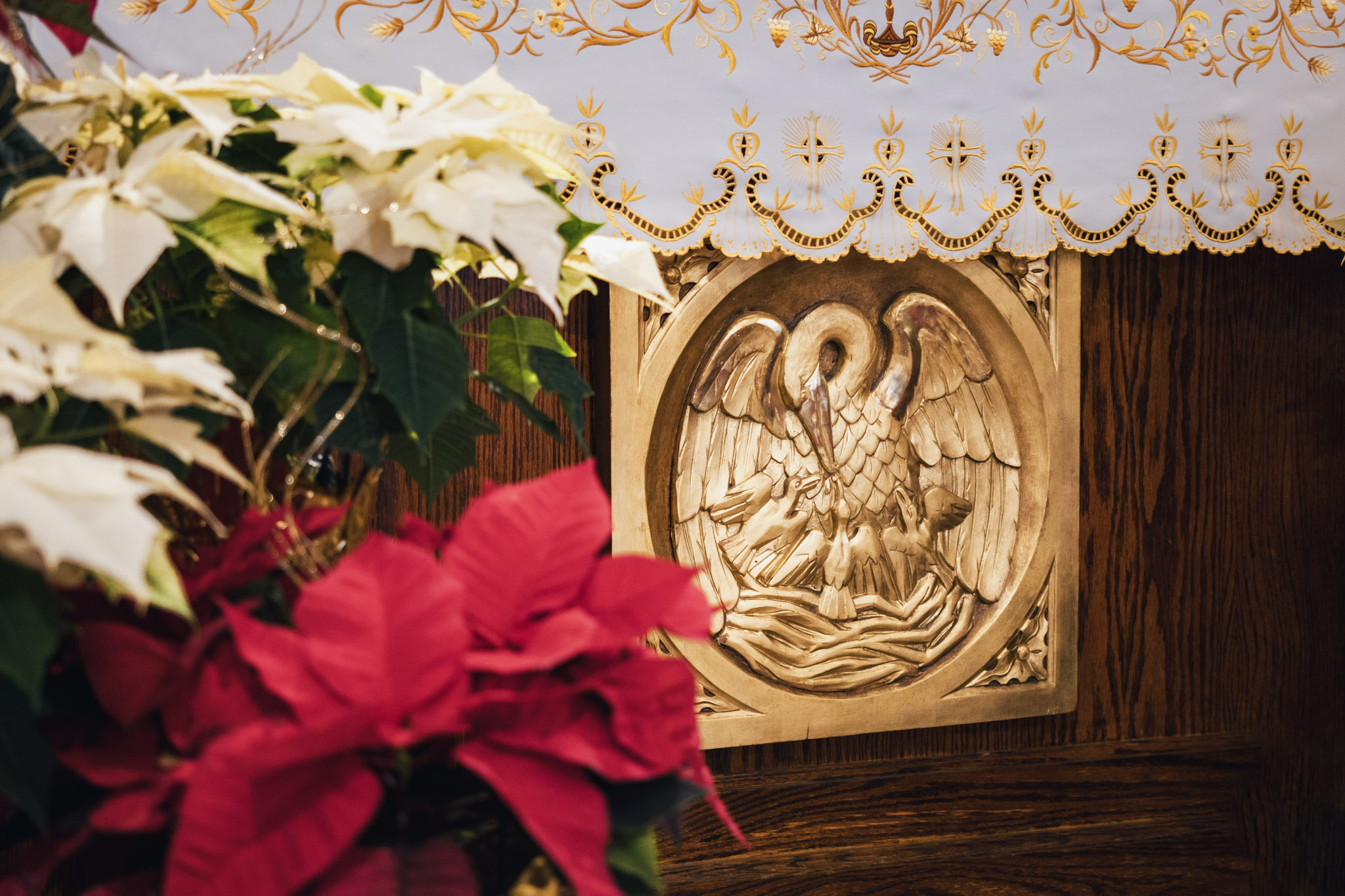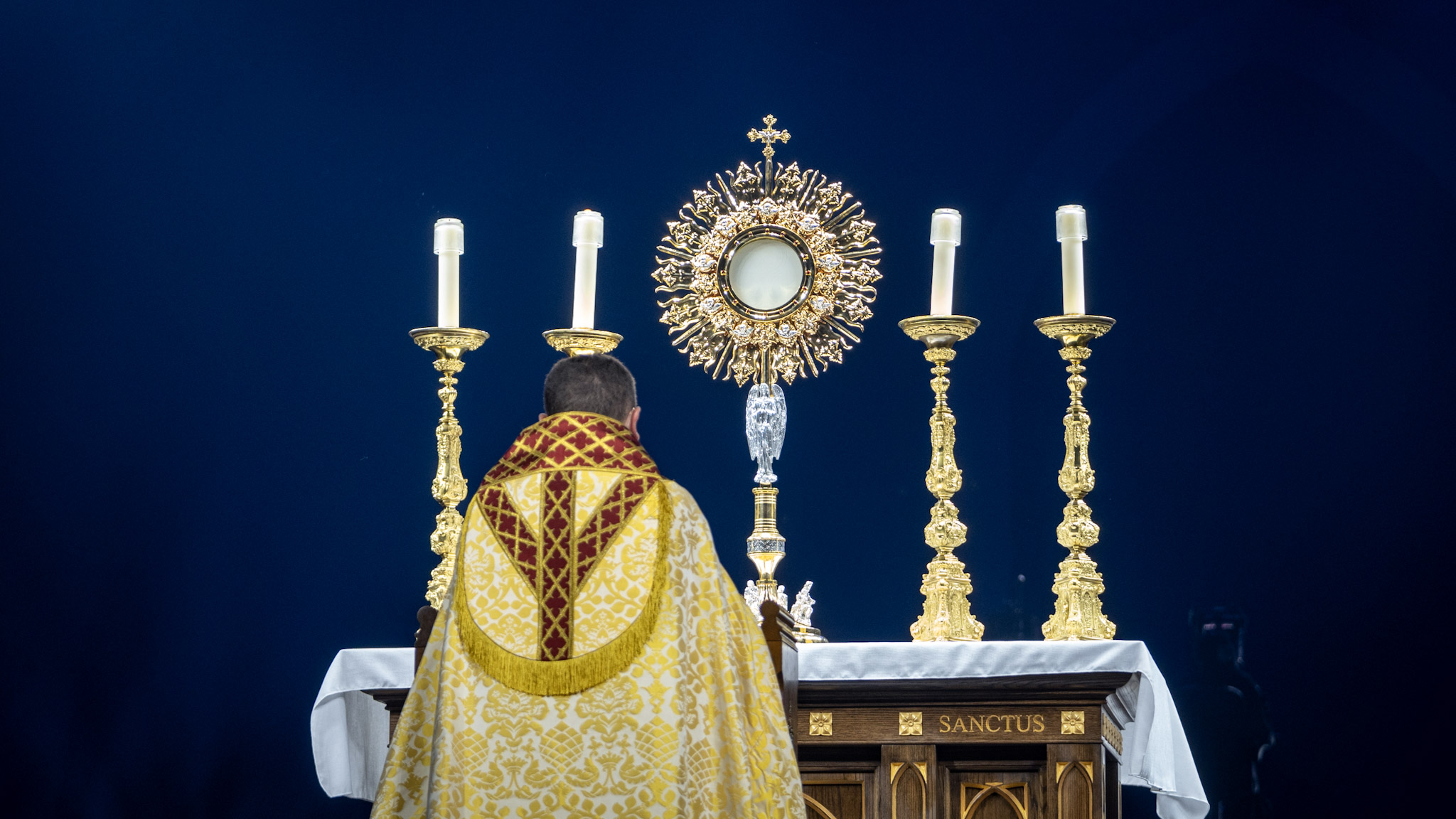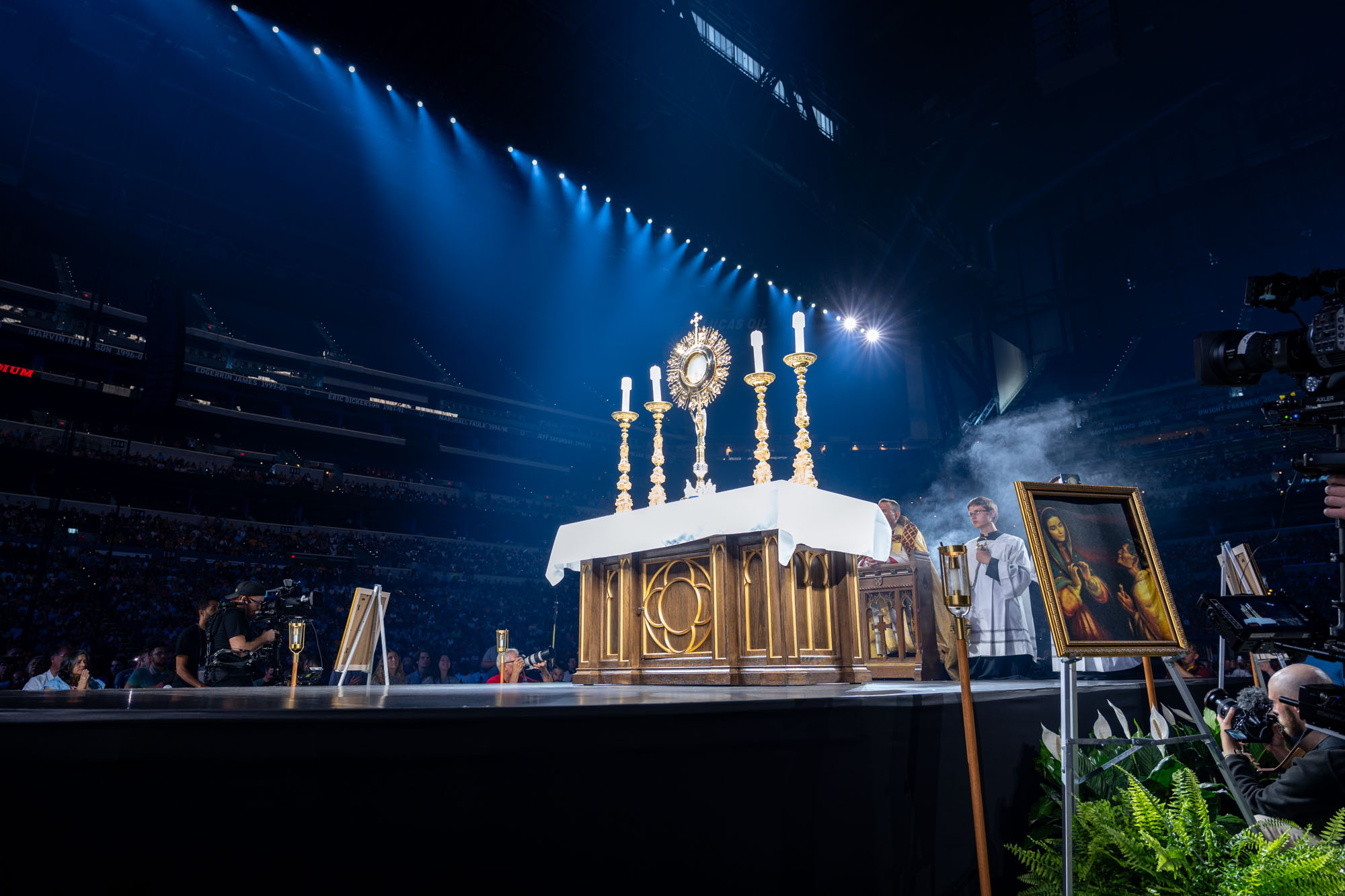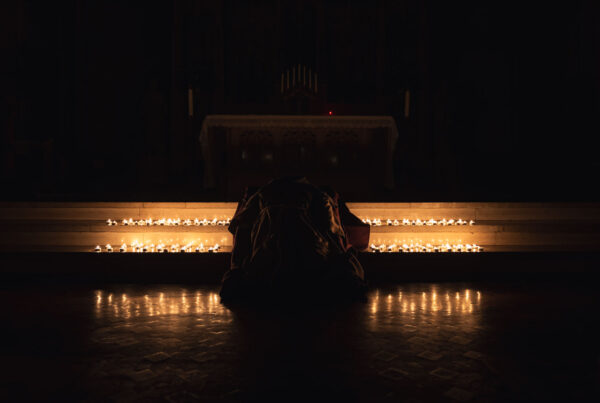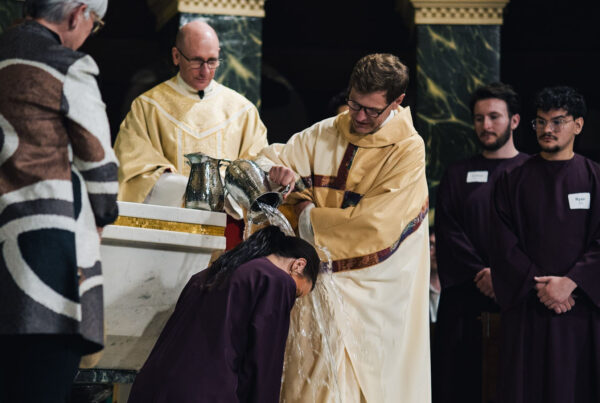The Pelican as a Christian Symbol: A Deeper Story
In medieval Christian thought, the pelican became a rich symbol of sacrifice, love, and redemption, deeply tied to the central tenets of the faith. This connection arose from a widespread legend, first popularized in early Christian writings and later through medieval bestiaries, which were collections of stories about animals imbued with moral and spiritual lessons.
According to the legend, the pelican was an extraordinarily devoted parent. In times of famine, if no food could be found, a mother pelican was said to wound her own breast with her beak, allowing her chicks to feed on her blood. This act of self-inflicted injury ensured the survival of her offspring, even at the cost of her own life.
Another version of the story holds that if her chicks were killed by predators or grew weak, the mother pelican would pour her blood onto their lifeless bodies, bringing them back to life. This miraculous imagery resonated deeply with Christians, who saw a striking parallel to the sacrifice of Jesus Christ.
Theological Significance
The pelican came to symbolize Christ’s passion and His role as the Redeemer of humanity. Just as the pelican gave her blood for the life of her chicks, Jesus gave His blood on the cross to save humanity from sin and death. The connection was especially poignant in the context of the Eucharist, where Christians partake of Christ’s body and blood in remembrance of His sacrifice. The pelican thus became an emblem of the self-giving love of Christ and the life-giving power of the Eucharist.
Artistic and Liturgical Representations
During the medieval period and the Renaissance, the pelican was frequently depicted in religious art, often as part of church decorations, stained glass windows, and illuminated manuscripts. The imagery typically shows a pelican with her wings spread, bending her long beak toward her breast, with drops of blood falling onto her chicks below. This depiction, known as a “pelican in her piety,” served as a visual reminder of Christ’s sacrifice and the nurturing, life-giving love of God.
Churches, particularly those with a strong focus on the Eucharist, adopted the pelican as a symbolic motif. It appeared on altar cloths, vestments, chalices, and even on tombs as a testament to the hope of resurrection and eternal life.
Influence in Literature and Hymns
The pelican’s symbolic resonance extended beyond visual art into Christian literature and hymnody. Poets like Dante Alighieri referred to Christ as “our pelican” in The Divine Comedy, drawing on the legend to emphasize Christ’s role as the Redeemer. Similarly, in hymns and devotional writings, the pelican became a metaphor for divine love and sacrifice.
Legacy of the Pelican Symbol
Though the biological accuracy of the legend is unfounded—pelicans do not actually pierce their own breasts—it remains a powerful symbol within Christian tradition. Its enduring significance lies not in natural science but in its ability to convey spiritual truths about love, sacrifice, and redemption.
To this day, the pelican continues to appear in Christian iconography, serving as a reminder of Christ’s boundless love and the life-giving power of His sacrifice for humanity.
Would you like to stay close to the Holy Eucharist all day long?
Now you can, I have 8 Holy Eucharist Wallpapers for you, so you can stay connected with Jesus Christ anywhere you are!

